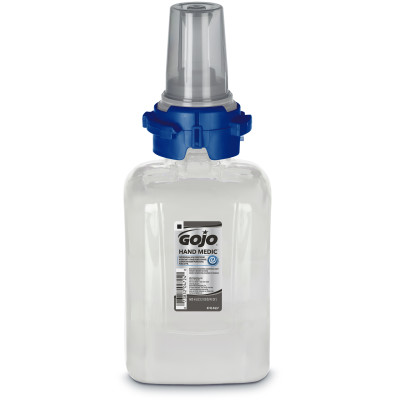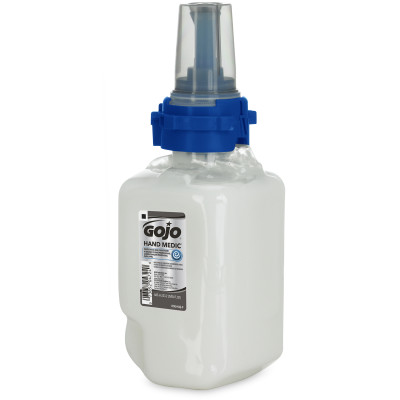




Fragrance-free skin conditioner, specially formulated for industrial environments.




Packaging Designed for Easy Recycling: Remove pump and recycle with any plastic recycling. Easily recyclable PET material.

Designed to Reduce Waste: Smart shipping, uses less cardboard to reduce material waste.